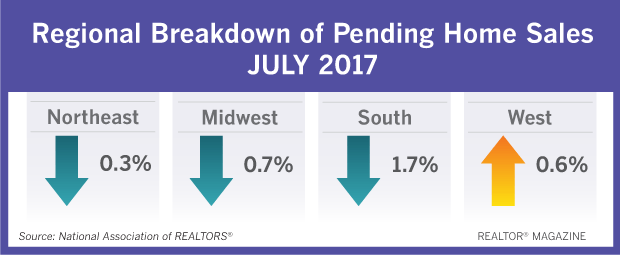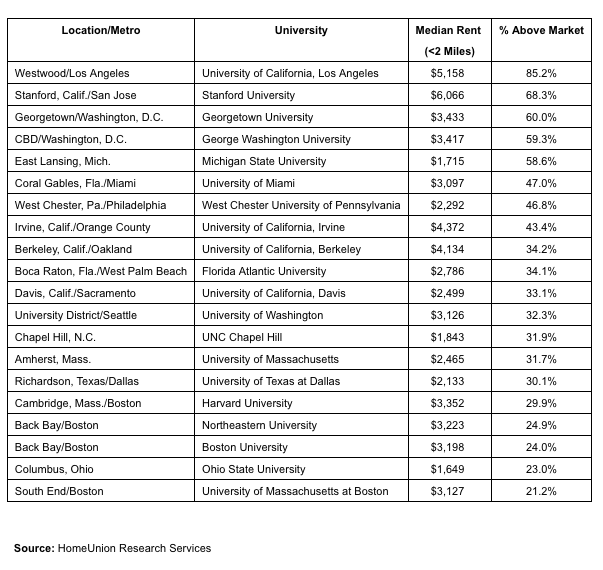

Programme Manager of Heinrich Boell Stiftun, Mrs. Monika Umunna, stressed that housing is one of the biggest issues all over the world, which has led to middle income earners and low-income earners having a big challenge of affordable housing, it is more prominent in Lagos.
Poised to address the colossal imbalance in the housing industry, which has led to a high deficit in low-income segment of the market, experts are proposing a new scheme that would allow indigent Lagosians own homes and ensure economic growth of the city.
At the meeting organised in Lagos by Arctic Infrastructure (AI) in partnership with Heinrich Boell Stiftung Nigeria (hbs) and attended by developmental experts, architects, real estate developers, journalists and financial experts, stakeholders noted the importance of providing affordable housing for the low income group in addressing housing deficits.
Exploring the mortgage system of other countries in Africa, which include Mauritius, Morocco and Tunisia, they regretted that the prevailing mortgage practice in Nigeria, the National Housing Fund, Lagos Home Ownership Mortgage Scheme (Lagos HOMS), private mortgages do not capture the needs of low-income earners in Lagos.
They said Mauritius has empowerment schemes for social housing and international home ownership programmes, Morocco also subsidies loans for home ownership for low-income earners,while Tunisia created a public private partnership program which subsidies lands for developers who are willing to build social housing for a timeframe of five years.
But in Lagos, such strategies have not been implemented by the government to attract low-income earners, but the private sectors have created several schemes, which are still not affordable for the low-income earners”, they said.
Speaking at the event, Programme Manager of Heinrich Boell Stiftun, Mrs. Monika Umunna, stressed that housing is one of the biggest issues all over the world, which has led to middle income earners and low-income earners having a big challenge of affordable housing, it is more prominent in Lagos.
She cited publications, which focus more on inclusivity, openness and the city of Lagos with more single-mindedness on the informal sector and how they can be integrated into the economic development of Lagos State.
Umunna stressed that while in Munich, Germany, most people do not own homes, but rent, people prefer to own homes rather than rent in Lagos State.
According to her, for Lagos to become a smart city, the beliefs and ideologies need to be changed.“Urbanization is rapid in Lagos, people migrate into the city daily and they are not leaving. Looking at the rate of population, everyone cannot build a home. Which has led to the necessity to build high-rise buildings, but high-rise buildings are expensive due to elevators and high maintenance of the buildings”, she noted.
Meanwhile, the Arctic Infrastructure and partnering Heinrich Boll Stiftun plans to launch the first Lagos Development Envision Lab (LAGDEL), a four -day residence training programme that will bring together selected talented youth from slums and informal settlements as well as young professionals from the built environment to share knowledge on the fundamental problems and alternative development strategies for the city of Lagos.
LAGDEL will focus on Housing in the Larger Development of Lagos”, with pre selected young professionals in the built environment and youth from different low-income communities in Lagos, while modeling different development scenarios for the city of Lagos in the next 15 to 20 years.
The Project Director of Arctic Infrastructure, Mr. Lookman Oshodi, said the project envisions a definite housing design, which will be more comfortable and more appealing in terms of aesthetics for low-income earners, thereby creating a functional and a liveable environment for all residents in the city of Lagos, if the housing model is successful in the city of Lagos.
“It also visualizes how it could be replicated in other parts of Nigeria. In regards to the mortgage system, attempts have been made, but the culture of mortgage has not been realistic in Nigeria”, he said.


























